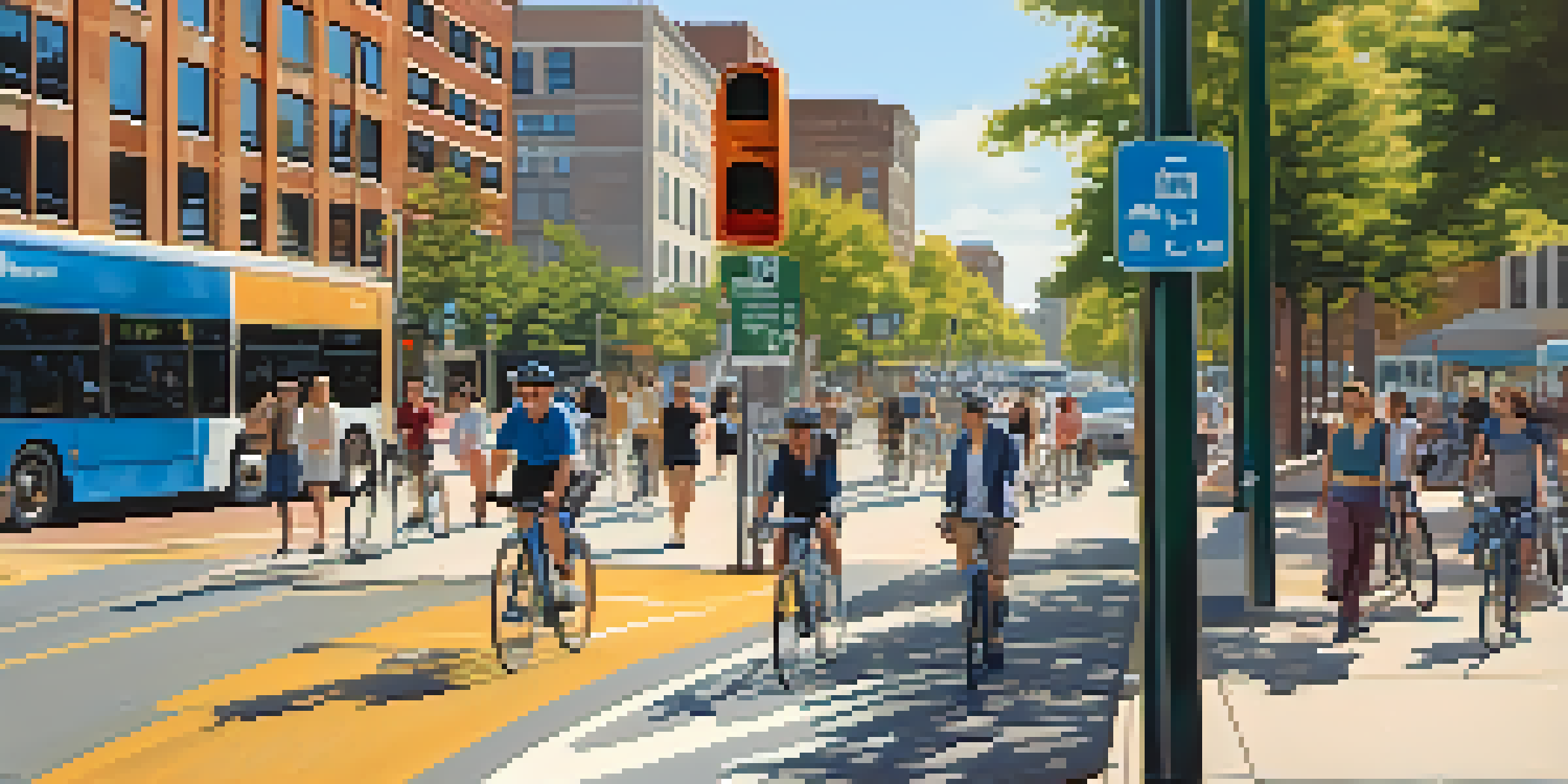Public Sentiment on Raleigh's Transportation Improvements

Overview of Transportation Improvements in Raleigh
Raleigh, North Carolina, has been making significant strides in enhancing its transportation infrastructure. Recent upgrades include improved public transit options, expanded bike lanes, and better pedestrian pathways. These efforts aim not only to ease traffic congestion but also to promote a more sustainable commuting environment. With these changes, the city hopes to cater to both residents and visitors who rely on various modes of transportation.
Community Reactions: The Positive Side
Many residents have expressed enthusiasm about the recent transportation improvements in Raleigh. The expansion of bike lanes has encouraged more people to cycle, contributing to a healthier lifestyle and reducing carbon emissions. Public transit upgrades, such as more frequent bus schedules, have made commuting easier for many, especially those who rely on these services for work or school. Overall, this positive sentiment reflects a growing appreciation for the city’s commitment to enhancing mobility.
Raleigh Enhances Transportation Options
Raleigh is upgrading its transportation infrastructure by expanding public transit, bike lanes, and pedestrian pathways to create a more sustainable commuting environment.
Concerns and Criticism from Residents
Despite the positive feedback, some residents have raised concerns about the transportation changes in Raleigh. Issues such as the perceived inadequacy of public transit routes and the potential for increased traffic congestion during construction have been voiced. Additionally, some community members worry that the focus on bike lanes may compromise road safety for drivers. These concerns highlight the need for ongoing dialogue between city planners and residents.
The Role of Public Forums in Shaping Opinions
Public forums have played a crucial role in gathering community feedback about transportation improvements. These gatherings allow residents to voice their opinions, share experiences, and suggest further enhancements. Engaging with the community not only fosters trust but also ensures that the transportation strategies align with the needs of residents. By actively participating in these forums, citizens can help shape a transportation network that benefits everyone.
Community Feedback Shapes Changes
Public forums have become essential for gathering community input, allowing residents to voice their concerns and suggestions regarding transportation improvements.
Impact on Local Businesses and Economy
The transportation improvements in Raleigh also have significant implications for local businesses. Enhanced accessibility can attract more customers, as better transportation options make it easier for people to visit shops and restaurants. Furthermore, improvements can boost the economy by encouraging tourism and supporting job growth in the region. This interconnectedness between transportation and the local economy underlines the importance of thoughtful urban planning.
Sustainability and Environmental Considerations
A key aspect of Raleigh's transportation improvements is the focus on sustainability. By promoting public transit and cycling, the city aims to reduce its carbon footprint and mitigate traffic-related pollution. Residents are increasingly aware of environmental issues, and many view these transportation upgrades as a step in the right direction. This alignment with sustainability goals resonates with the community's desire for a greener, healthier Raleigh.
Economic Growth through Accessibility
Improved transportation options are expected to boost local businesses and the economy by attracting more customers and supporting job growth.
Future Prospects for Raleigh's Transportation System
Looking ahead, Raleigh's transportation system is poised for further evolution. Plans for additional improvements are already in discussion, including expanded transit options and innovative mobility solutions. Community involvement will remain vital in shaping these future developments, ensuring they meet the diverse needs of residents. As the city continues to grow, adapting transportation strategies will be essential for maintaining a livable urban environment.
Conclusion: A Collective Journey Forward
Raleigh's transportation improvements represent a collective journey towards a more connected and accessible city. While there are varying opinions on these changes, the overall sentiment leans towards appreciation for the city's efforts. Ongoing community engagement and feedback will be essential as Raleigh continues to evolve its transportation landscape. Together, residents and city planners can work towards a future that prioritizes mobility, sustainability, and community well-being.